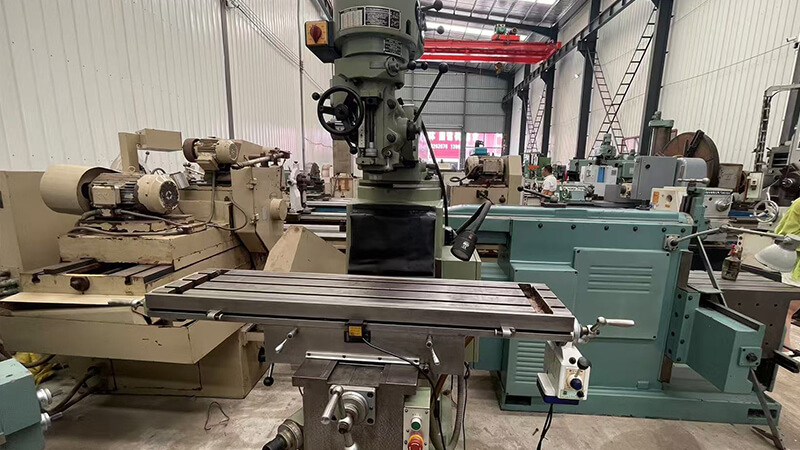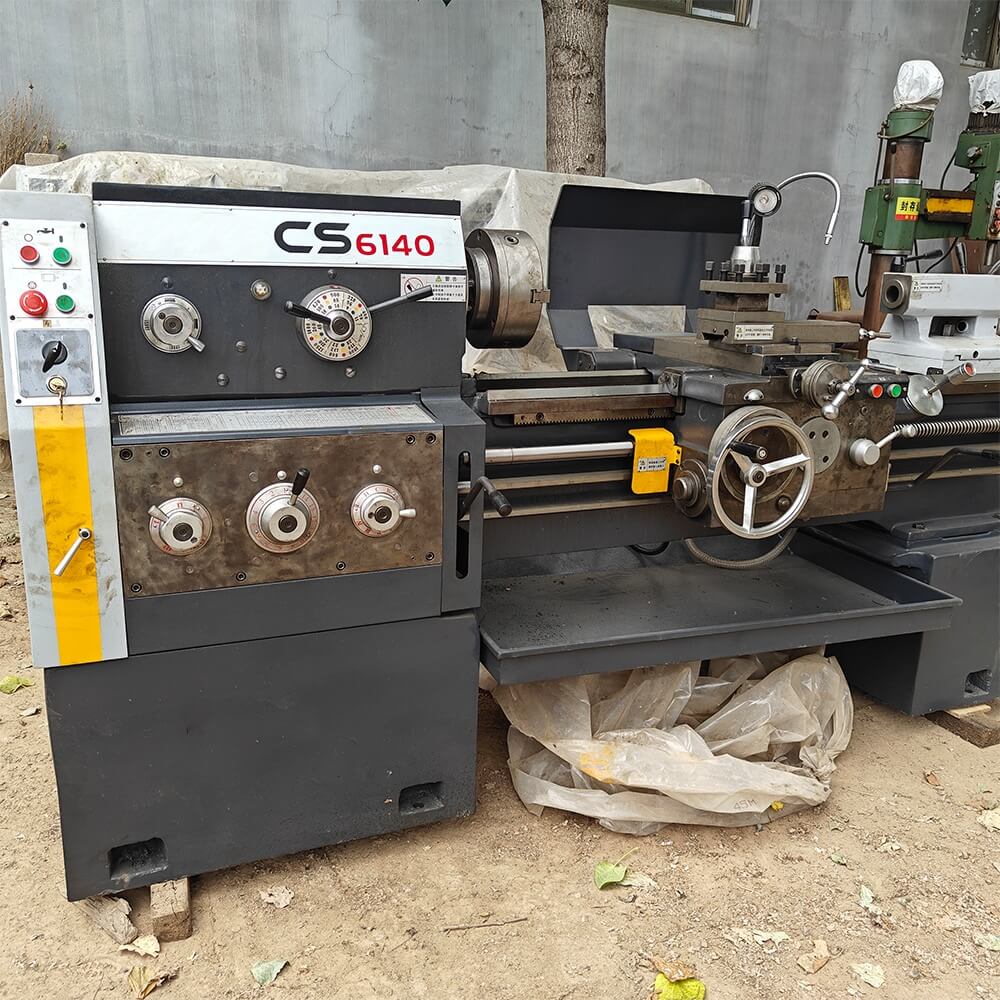Buying a new milling machine can cost a fortune. But do you really need brand new to get the job done?
Used milling machines are still one of the smartest investments for small to mid-sized workshops — offering solid performance without breaking your budget.
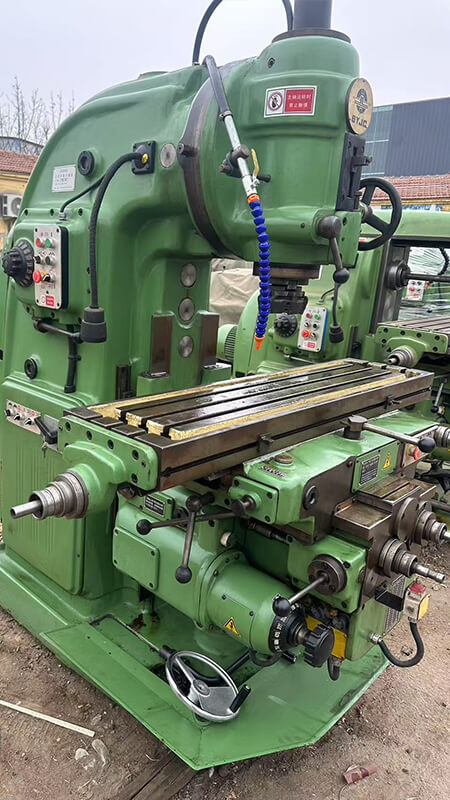
Many of my customers ask, "Is it worth buying a second-hand milling machine?" I've been supplying used machines from China for years — and the answer is yes, if you know what to look for. Let's explore what makes these machines such a great choice and how to buy with confidence.
Tips for inspecting second-hand milling equipment?
You don’t want to buy a machine and find out later it’s full of issues. That’s why inspection matters — a lot.
Inspecting a used milling machine before buying helps avoid hidden defects and gives you peace of mind.
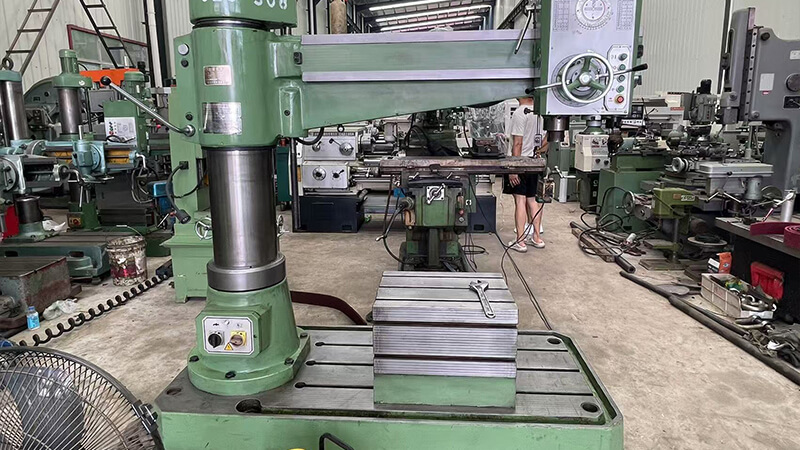
What to Check Before Buying
There are five things I always check before offering a machine to a client:
1. Machine Condition1
Look at the paint, table, ways, and head. Cosmetic damage is okay. But cracked castings or excessive wear mean trouble.
| Part | What to Check | Acceptable or Not? |
|---|---|---|
| Table | Scratches or scoring | Minor okay, deep not ok |
| Spindle | Play or noise during rotation | Not acceptable |
| Handles/Dials | Smooth movement, no delay | Should be smooth |
| Ways | Uniform wear, no rust | Clean is better |
| Electrical Panel | Clean, no exposed wires | Must be safe |
2. Power On Test2
If possible, always test the machine under power. Listen for abnormal noise, test all axes, check feed rates, and see how the spindle reacts under load.
3. Backlash and Accuracy3
Too much backlash on the X or Y axis means poor precision. Use a dial indicator or hand gauge to measure it.
4. Lubrication System4
A working lubrication system keeps the internal parts safe. If it’s dry, the machine may have unseen damage.
5. Documentation5
Manuals, maintenance logs, or any original nameplates help you understand how old the machine is and what repairs have been done.
Many buyers ignore these checks — and regret it later. I always make sure customers see videos and real-time test runs before they decide.
Latest trends in CNC milling machines6?
Technology keeps changing. Even in the second-hand market, CNC milling machines6 are getting faster, smaller, and easier to use.
The demand for used CNC milling machines6 is rising because they offer automation, better tolerance, and quick programming — even at lower costs.
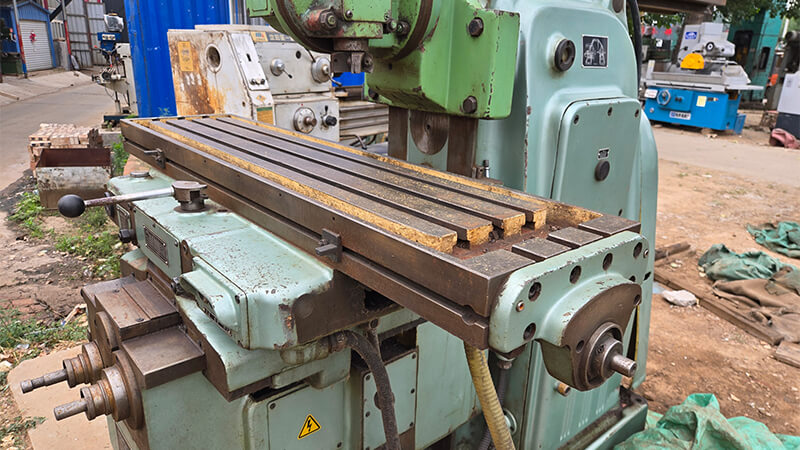
How CNC is Changing the Used Market
CNC (Computer Numerical Control) systems have made milling machines smarter. Even in the used equipment business, we see this every day.
Trend 1: More Small Shops Want CNC
Workshops that once used only manual mills are now asking for basic CNC models. I get more requests for simple Fanuc or Mitsubishi controllers than ever before.
| Buyer Type | CNC Preference |
|---|---|
| Small Workshop | Basic 2 or 3-axis CNC |
| Job Shops | Mid-level Fanuc system |
| Export Buyers | Mix of CNC + Manual |
Trend 2: Retrofit Models7
A lot of machines in my warehouse are manual mills that have been retrofitted with CNC kits. This helps reduce cost while giving automation benefits. It's not perfect, but for jobs like drilling or slotting, it works.
Trend 3: Open-Source Controllers8
Some clients now look for machines with LinuxCNC or Mach3 software. They want low-cost flexibility and easy repairs.
Trend 4: Hybrid Machines9
More buyers ask for machines that can do milling, drilling, and tapping in one unit. This saves floor space and setup time.
The CNC wave is here — even for second-hand buyers. Many of my clients now want to learn CNC basics just to keep up.
Industry impact of refurbished milling tools?
Refurbished machines may look old, but they’re a game-changer for global workshops.
Refurbished milling machines make precision machining affordable, especially for factories in developing countries.
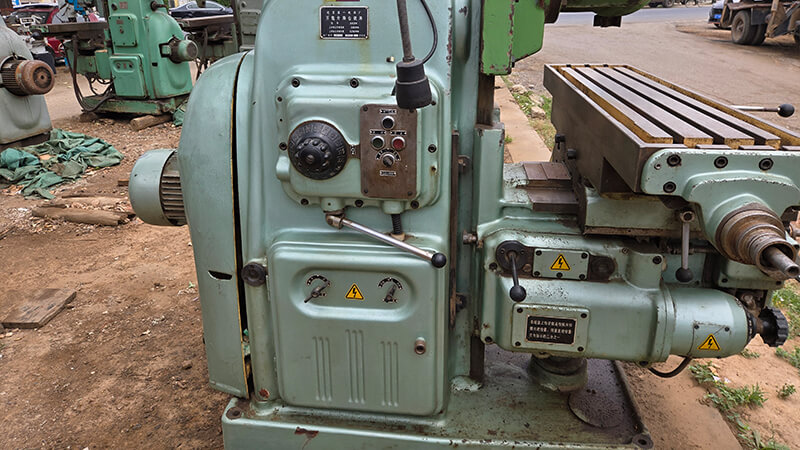
Why Refurbished Matters
I’ve shipped to over 20 countries. In many of those places, the cost of a new milling machine is just too high. Here’s what refurbished options offer:
1. Access to Industrial Equipment
Small shops in Bangladesh, Pakistan, or Egypt often can’t buy new machines. Refurbished ones give them access to quality tools at a fair price.
2. Faster Startup
New factories can buy 3-5 used machines for the cost of one new model. This helps them start faster, with less risk.
| Equipment Type | New Price (USD) | Refurbished Price | Savings |
|---|---|---|---|
| Vertical Mill | $18,000 | $5,500 | -70% |
| CNC Milling Center | $42,000 | $12,000 | -71% |
3. Spare Parts and Service
Older machines often have easier access to spare parts. Technicians in the local market know how to fix them, which lowers downtime.
4. Environmental Impact10
Using a refurbished machine helps reduce industrial waste. It gives new life to working hardware, which also makes it more sustainable.
I once helped a factory in Peru set up a line using five refurbished mills. They cut startup costs by 60% — and were running full production in 3 weeks.
Conclusion
Used milling machines still deliver excellent value — when chosen and inspected carefully.
-
Understanding machine condition is crucial to avoid costly repairs and ensure longevity. ↩
-
A power on test reveals potential issues that could affect performance and safety. ↩
-
Measuring backlash ensures precision in machining, which is vital for quality output. ↩
-
A functional lubrication system prevents internal damage and extends the machine's lifespan. ↩
-
Documentation provides insights into the machine's history and maintenance, aiding informed decisions. ↩
-
Staying updated on CNC trends helps buyers make informed choices in a rapidly evolving market. ↩ ↩ ↩
-
Retrofitting offers cost-effective automation solutions without the need for new machines. ↩
-
Open-source controllers provide flexibility and ease of repair, appealing to budget-conscious buyers. ↩
-
Hybrid machines save space and time, making them ideal for modern workshops. ↩
-
Refurbished machines reduce waste and promote sustainability, making them a responsible choice. ↩

